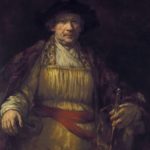NATURAL LIGHT
Natural light is the use of the sun to illuminate the area for the photographer. There are many different types of natural light: shade/overcast, backlighting, direct light, side light, and golden hour which is argued to be the best time to take photos.
GOLDEN HOUR
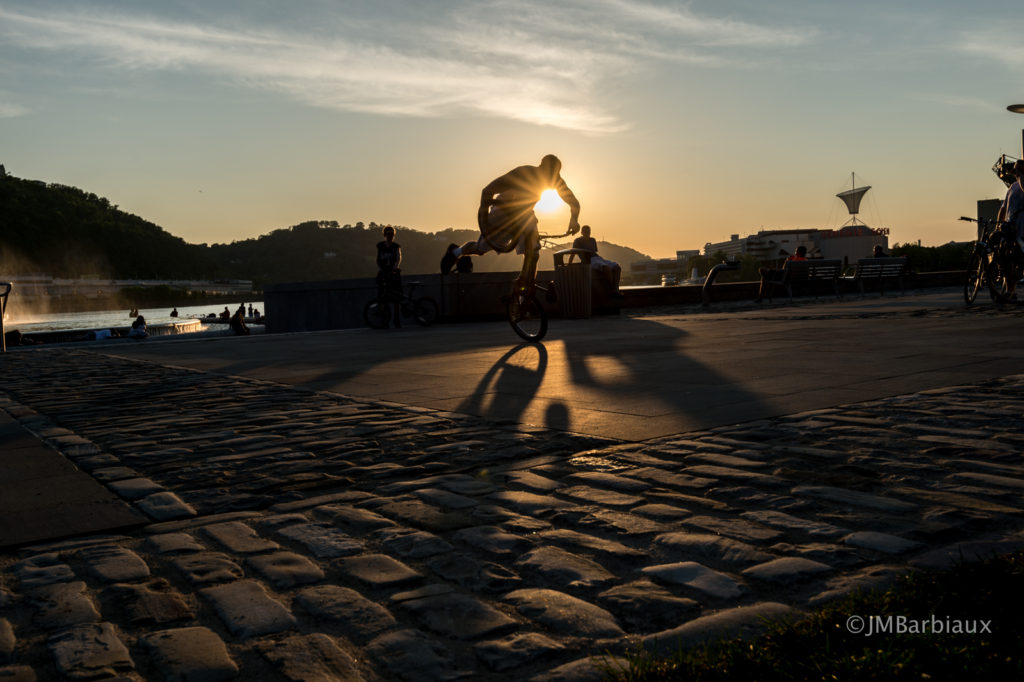
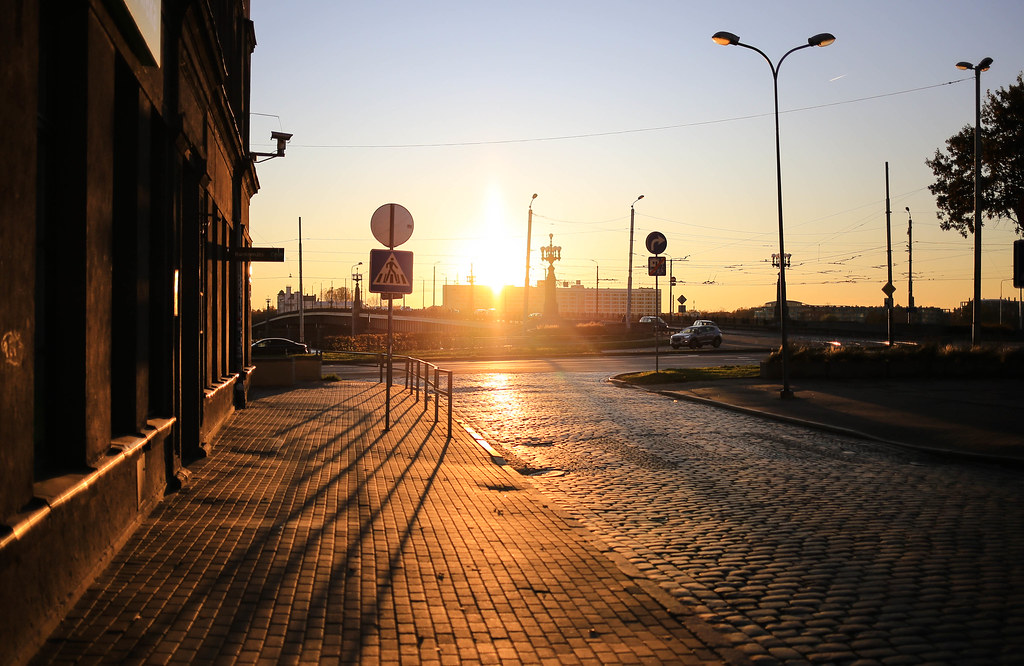

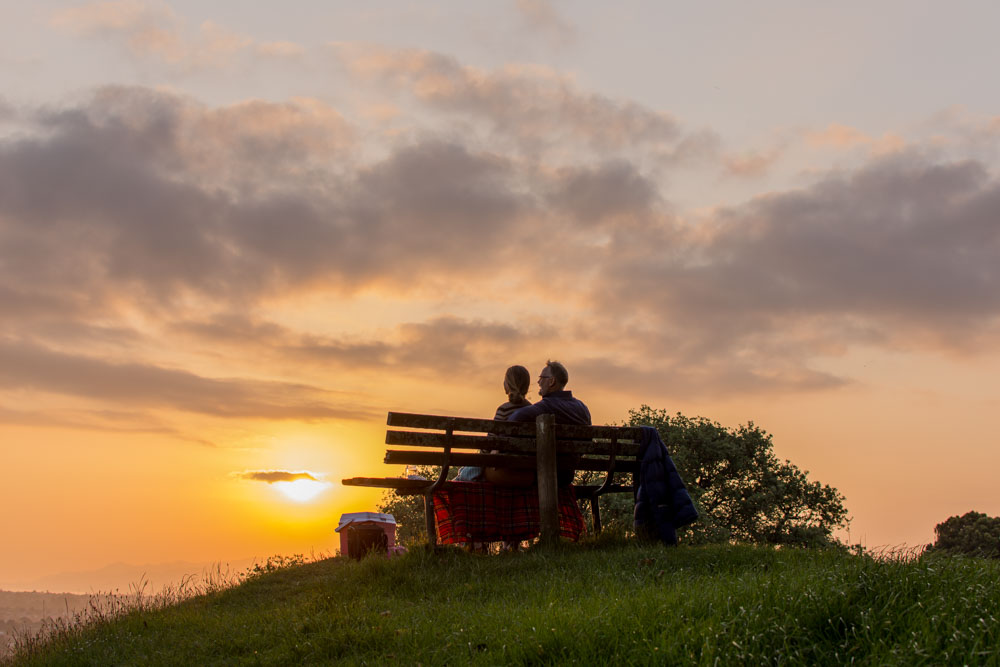
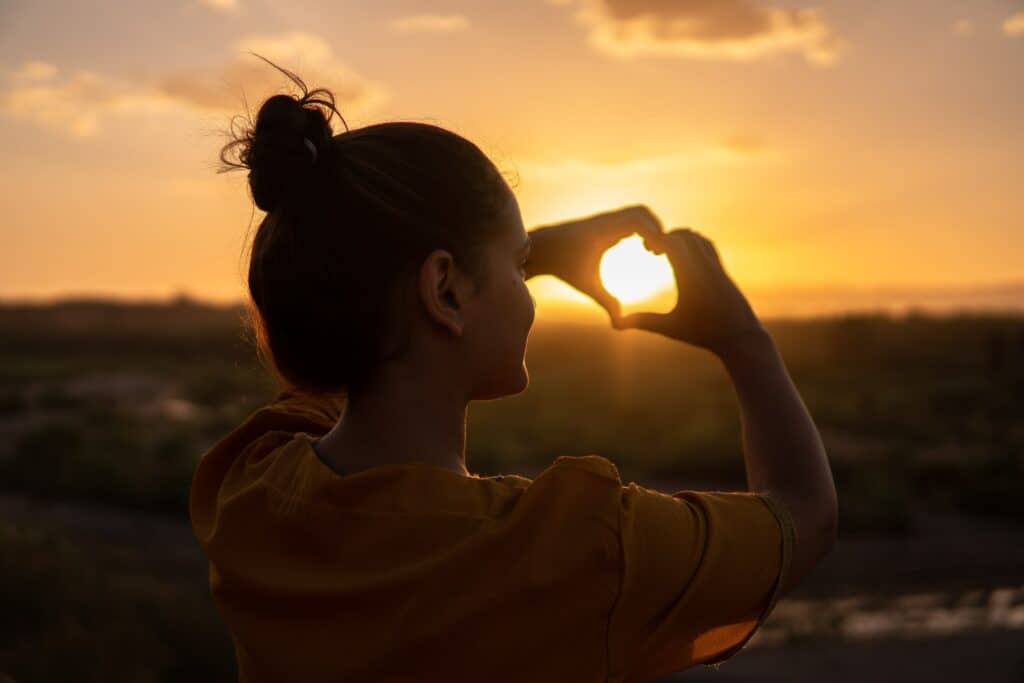
What is the golden hour?
The “golden” or “magic” hour is the hour after a sunrise or the hour before a sunset, the sky is often a soft golden yellow colour as the sun leaves or enters our hemisphere. Photographers and cinematographers often deem this as ‘perfect lighting’ as the brightness of the sky matches the brightness of the streetlights, lit windows, and car lights which creates an overall blend and calmness. However, this lighting can be used to the photographers advantage by placing the subject/camera in a way that elevates the whole picture (either having the sun light come from behind the camera or in the background) and the use of shadows can be used creatively.
Light is softer – unlike the harsh rays at the other times of day, the sun is not shinning directly down, the sun rays have to travel a longer distance which reduces the intensity of the direct light. Skin tones get washed away in direct or artificial light but the golden hues enhances the subjects natural skin.
ARTIFICAL LIGHT
BUTTERFLY LIGHTING
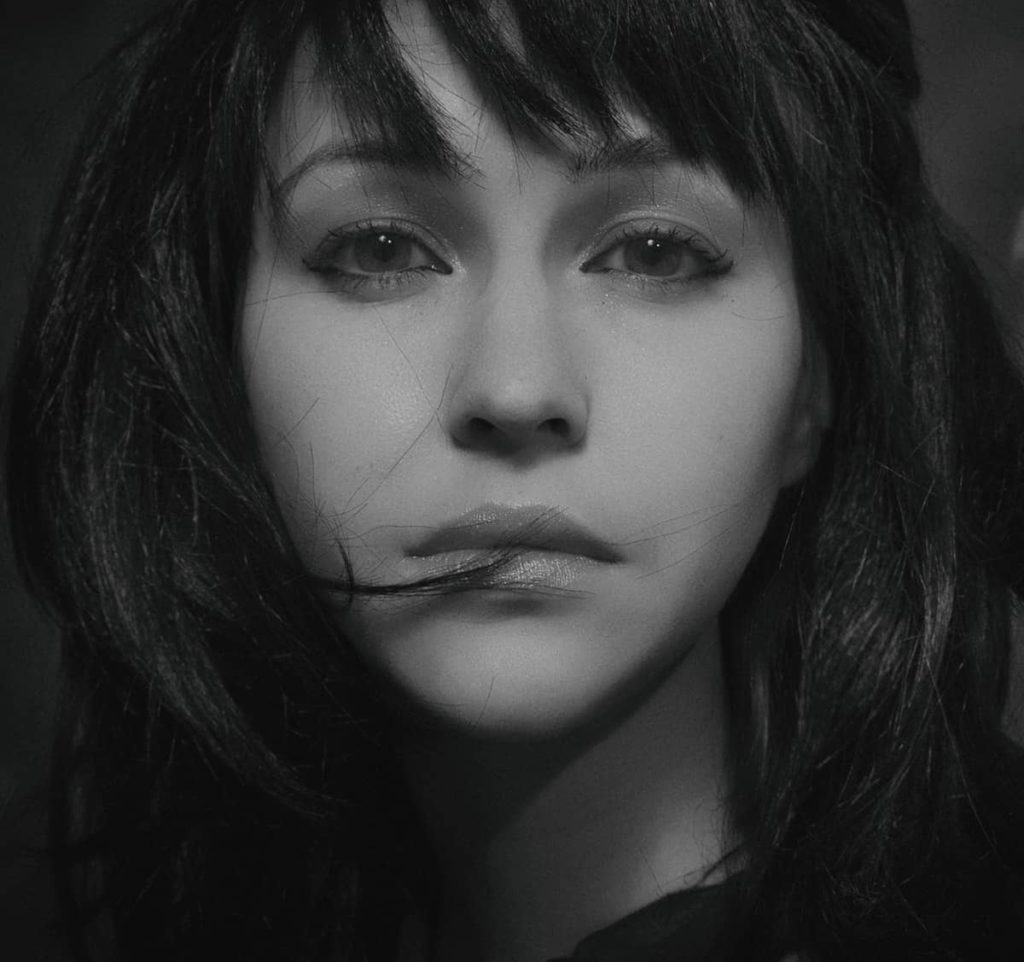

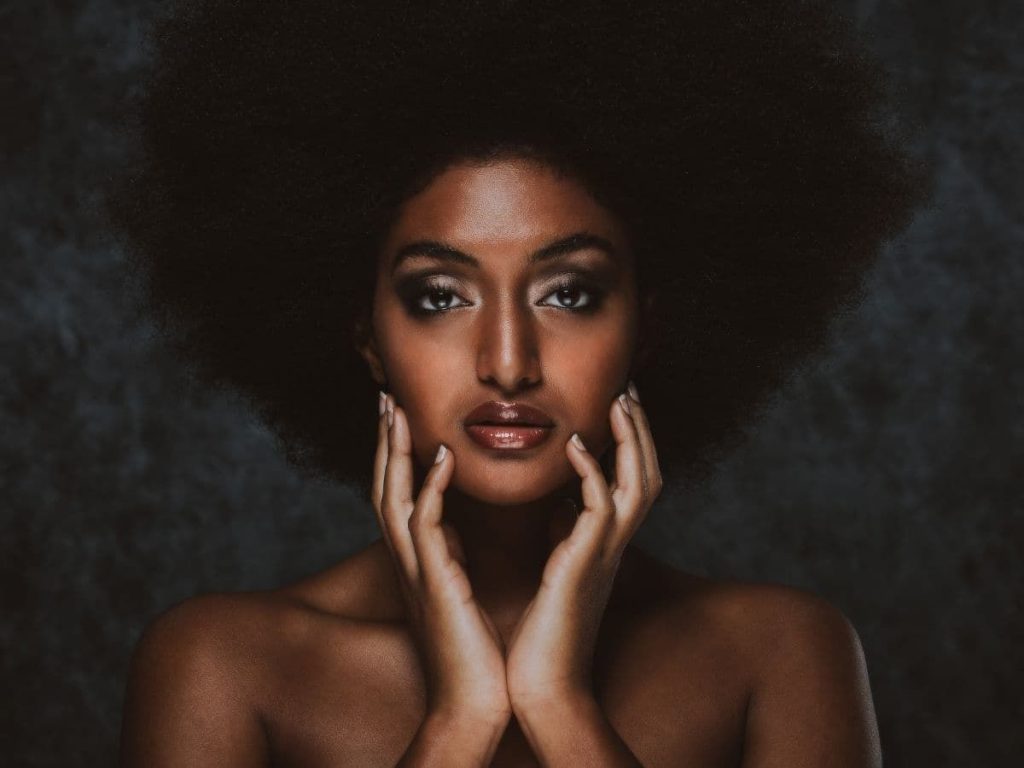


Butterfly lighting, also known as ‘paramount lighting’ or ‘glamour lighting’. The name comes from the butterfly shape shadow created under the subjects nose. A reflector is often used under the model to ensure that the light reflects back up onto the subjects face, adding more definition and highlights their features. A soft box is also used so that the light is not too harsh and doesn’t wash out the subject too much. This is the lighting set up which is used:

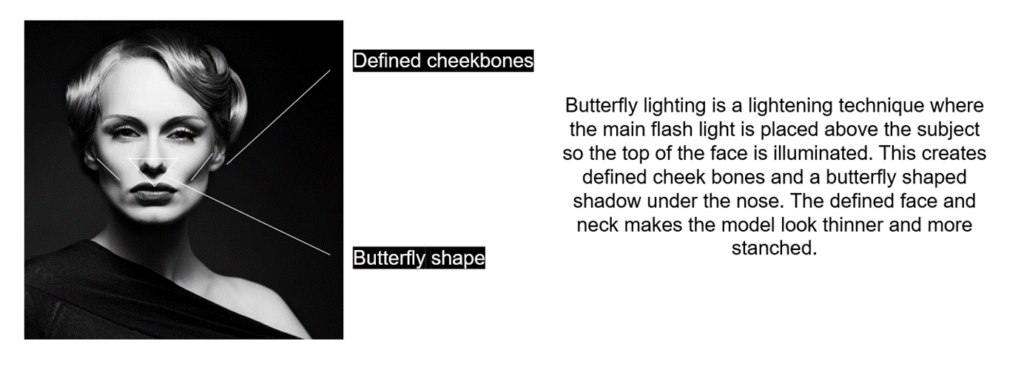
REMBRANDT LIGHTING
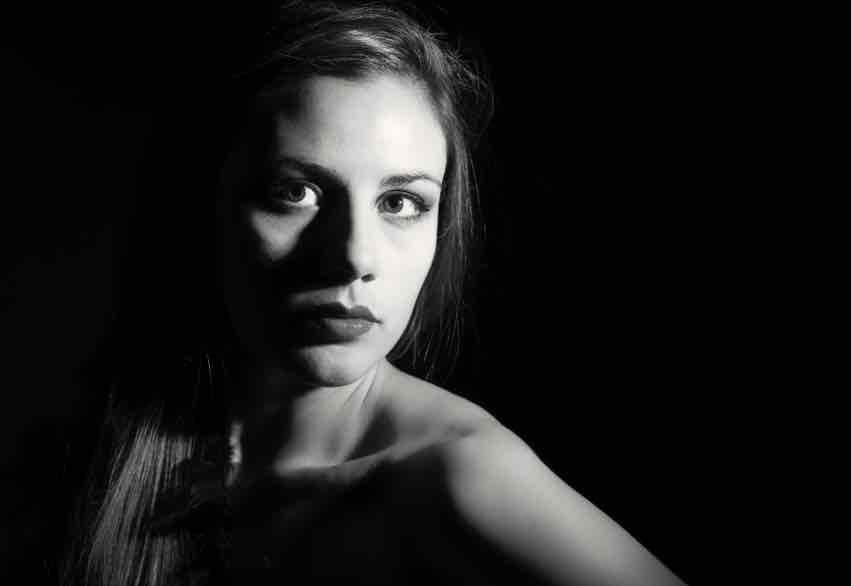
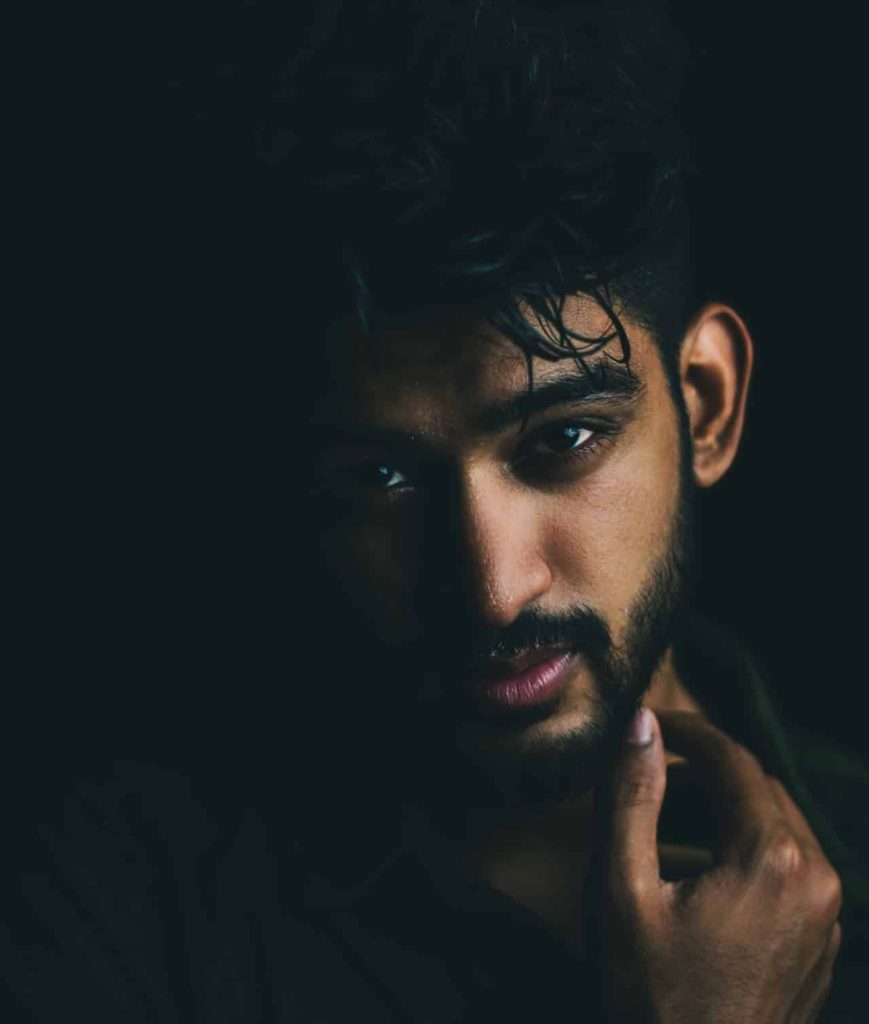
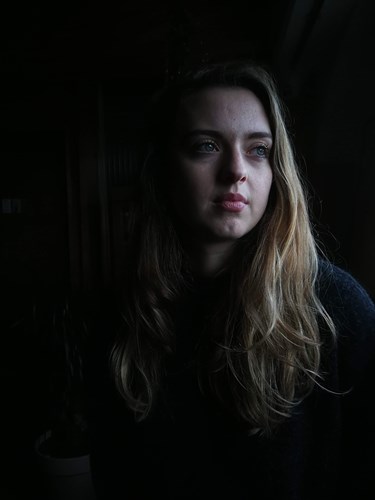


Rembrandt lightning is when the light source, often a soft box, is around 5 feet away from the model at a 45 degree angle, looking down onto the subject. This casts a shadow on one side of the models face and highlights the other side, this is also called “Rembrandt patch”. A reflector is then used so as much light is being utilised as possible.
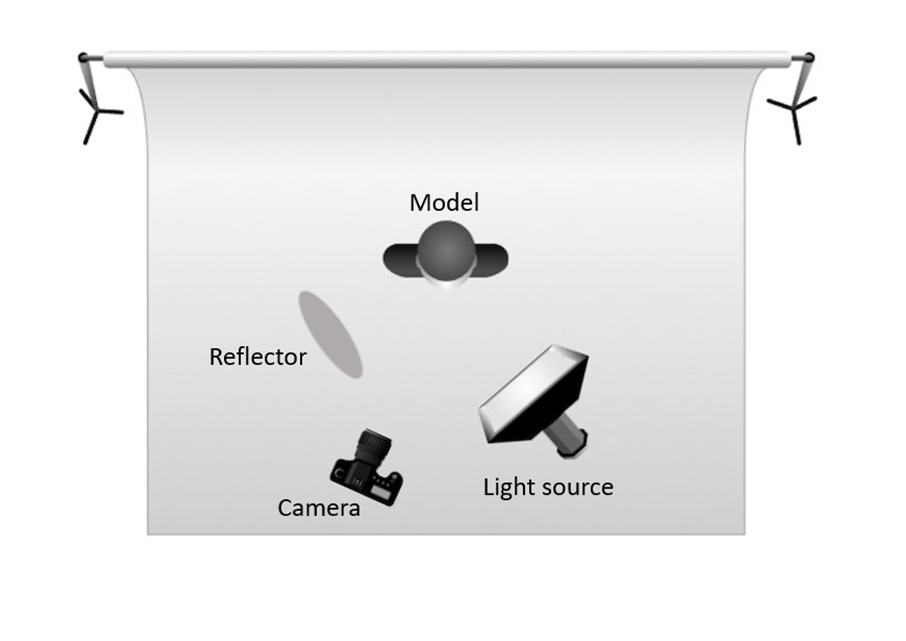
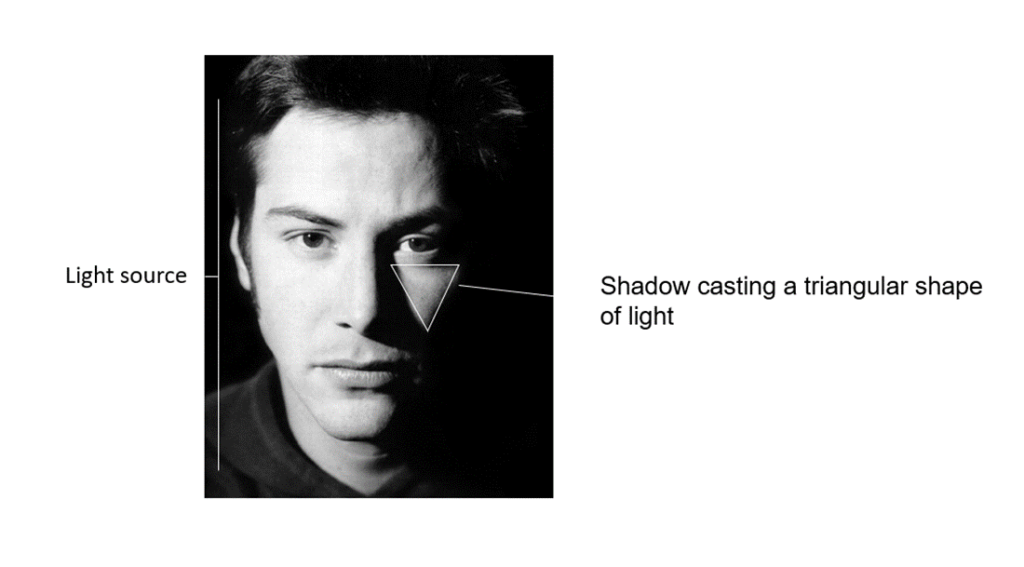
This lighting technique originated through Rembrandt’s famous paintings where he would often using different lighting techniques, but this one in particular, to elevate and add another artistic element to his paintings. The famous Dutch painter ‘coined’ the term in the 17th century

